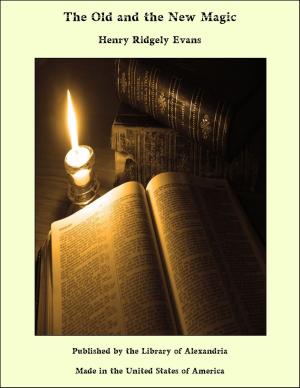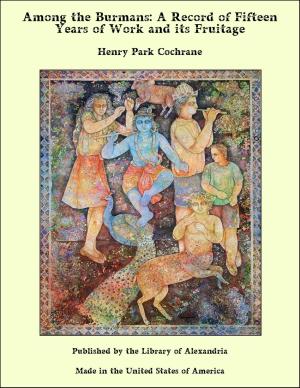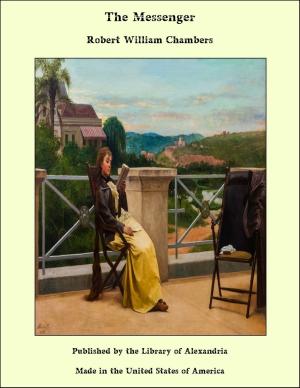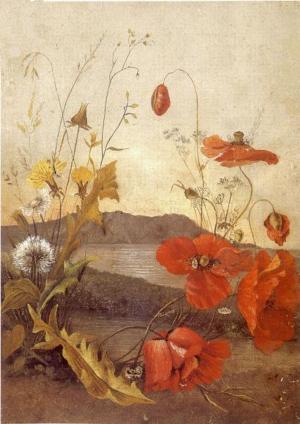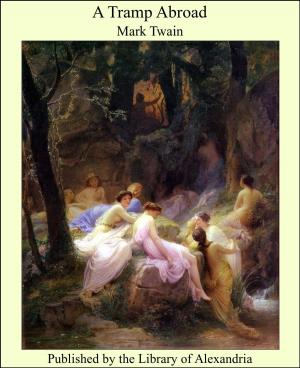Bell's Cathedrals: The Cathedral Church of Lichfield, A Description of Its Fabric and A Brief History of the Espicopal See
Nonfiction, Religion & Spirituality, New Age, History, Fiction & Literature| Author: | A. B. Clifton | ISBN: | 9781465542625 |
| Publisher: | Library of Alexandria | Publication: | March 8, 2015 |
| Imprint: | Language: | English |
| Author: | A. B. Clifton |
| ISBN: | 9781465542625 |
| Publisher: | Library of Alexandria |
| Publication: | March 8, 2015 |
| Imprint: | |
| Language: | English |
THE HISTORY OF THE CATHEDRAL The cathedral of Lichfield, as we now know it, was built at various times in the thirteenth century and the early part of the fourteenth; and but for some comparatively slight and obvious alterations, it is therefore entirely in the styles known as Early English and Decorated. Unhappily nearly all the early archives and documents belonging to the cathedral are lost, having been destroyed in the time of the Civil Wars by the soldiery who sacked the place after the siege of the close by the forces of the Parliament. The absence of all documentary evidence as to the dates of the various parts of the cathedral has been much regretted by antiquarians, since it would be hard to find a better example of the gradual change which English church architecture was undergoing during the very busy period when this cathedral must have been built. Here we have the rigid simplicity of the Early English style in the transepts, giving place in the nave to the luxury of the Early Decorated, with its geometrical tracery; while in the Lady Chapel and presbytery we find an example, in some respects unique, of the gorgeousness of the completely evolved Decorated style. To know exactly when each part was built would be to add to our knowledge of architectural chronology; but instead, we must employ what knowledge we already possess, and by a process the very converse of what we could wish to have been able to use, we can arrive at an approximate history of the structure of the cathedral. Not so long ago Oswy had the credit of having built the cathedral, and later it was set down to Roger de Clinton. Modern criticism as easily disposes of the claims of the latter as of the former, and there can be no doubt that no part of the present cathedral is of earlier date than 1200 A.D. Much valuable information as to the cathedral, which Clinton may have had a part in building, was obtained in 1860, when, for the alterations which were then in progress, excavations were made in the choir. The result of his investigations Professor Willis published in an article in the Archaeological Journal for 1861, entitled "Memoir on the Foundations of Early Buildings recently discovered at Lichfield Cathedral," and the theory which he there set out as to the history of the cathedral has been generally accepted by antiquarians. Nothing can be more interesting than this article, but it is too full of detail for anything beyond the bare results of Professor Willis's reasoning to be given here: these are set out in their place. Of the early Saxon church which was erected on this site practically nothing is known, but it is supposed to have been built by Bishop Hedda at the close of the seventh century, and of stone taken from Roman ruins in the neighbourhood, though there is really no evidence to support this theory. The desire to find another instance of the waste material and sites once dedicated to a pagan religion being used by the victorious Christian church may have something to do with such a legend. Nothing except tradition is left of this church, to which it is said the bones of St. Chad were removed from Stowe. Probably in the four or five hundred years which elapsed before the Norman cathedral was built, several churches succeeded one another on or about the present site: whatever happened, we know nothing
THE HISTORY OF THE CATHEDRAL The cathedral of Lichfield, as we now know it, was built at various times in the thirteenth century and the early part of the fourteenth; and but for some comparatively slight and obvious alterations, it is therefore entirely in the styles known as Early English and Decorated. Unhappily nearly all the early archives and documents belonging to the cathedral are lost, having been destroyed in the time of the Civil Wars by the soldiery who sacked the place after the siege of the close by the forces of the Parliament. The absence of all documentary evidence as to the dates of the various parts of the cathedral has been much regretted by antiquarians, since it would be hard to find a better example of the gradual change which English church architecture was undergoing during the very busy period when this cathedral must have been built. Here we have the rigid simplicity of the Early English style in the transepts, giving place in the nave to the luxury of the Early Decorated, with its geometrical tracery; while in the Lady Chapel and presbytery we find an example, in some respects unique, of the gorgeousness of the completely evolved Decorated style. To know exactly when each part was built would be to add to our knowledge of architectural chronology; but instead, we must employ what knowledge we already possess, and by a process the very converse of what we could wish to have been able to use, we can arrive at an approximate history of the structure of the cathedral. Not so long ago Oswy had the credit of having built the cathedral, and later it was set down to Roger de Clinton. Modern criticism as easily disposes of the claims of the latter as of the former, and there can be no doubt that no part of the present cathedral is of earlier date than 1200 A.D. Much valuable information as to the cathedral, which Clinton may have had a part in building, was obtained in 1860, when, for the alterations which were then in progress, excavations were made in the choir. The result of his investigations Professor Willis published in an article in the Archaeological Journal for 1861, entitled "Memoir on the Foundations of Early Buildings recently discovered at Lichfield Cathedral," and the theory which he there set out as to the history of the cathedral has been generally accepted by antiquarians. Nothing can be more interesting than this article, but it is too full of detail for anything beyond the bare results of Professor Willis's reasoning to be given here: these are set out in their place. Of the early Saxon church which was erected on this site practically nothing is known, but it is supposed to have been built by Bishop Hedda at the close of the seventh century, and of stone taken from Roman ruins in the neighbourhood, though there is really no evidence to support this theory. The desire to find another instance of the waste material and sites once dedicated to a pagan religion being used by the victorious Christian church may have something to do with such a legend. Nothing except tradition is left of this church, to which it is said the bones of St. Chad were removed from Stowe. Probably in the four or five hundred years which elapsed before the Norman cathedral was built, several churches succeeded one another on or about the present site: whatever happened, we know nothing

